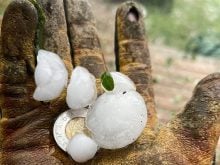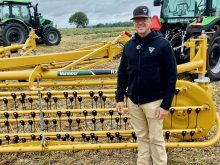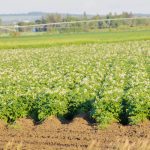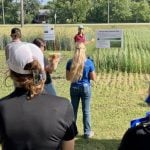Infesting 50 million acres, 41 percent of American farmers have herbicide-resistant water hemp. The last weed standing is the strongest, most capable and most genetically resistant weed on your farm.
The herbicide-resistant pigweed and water hemp duo are a major economic issue for growers. This particular type of weed has the ability to grow rapidly and produce large amounts of seed, which allow it to out-compete crops and cause significant yield loss.
Operation Weed Eradication is an industry-wide coalition initiated by Agco and BASF, with the expressed mandate to eradicate pig weed, water hemp and palmer amaranth. The two partners announced at the end of March that they have now been joined by Raven.
Read Also
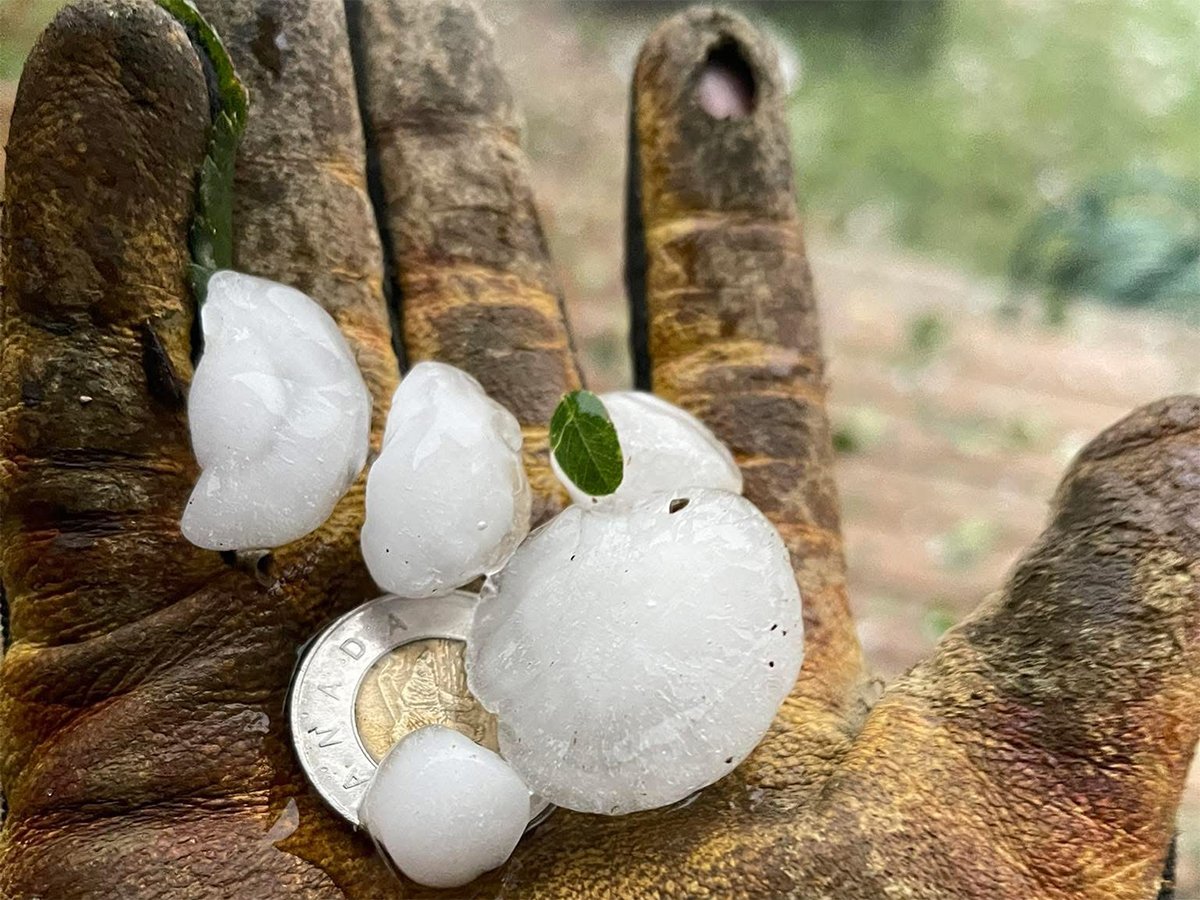
Half million acres of Alberta crops affected by massive hail storm
Late August hail storm catches farmers in prime harvest mode, damaging half million acres of crops in Alberta.
The intent is to develop a balanced approach to weed control, including cultural, chemical and diligence.
Cultural practices include crop rotations, conventional tillage, narrow rows and row cultivation.
Chemical control includes multiple effective sites of action, pre- and post-emergent herbicides with layered residuals. Careful attention must be paid to proper nozzles, carrier volume, adjuvants and rates.
Diligence includes hand rogueing along with field edges, ponds and ditches. Seed destruction is a major factor. Do not become reliant on a single mode of action. Avoid herbicide resistance and hunt down escapes.
BASF recruiting tough-minded growers and industry partners to defend acres in new ways and eliminate weeds altogether.
The palmer amaranth problem continues to expand, with 29 percent of American farmers are dealing with 45 million infested acres.




